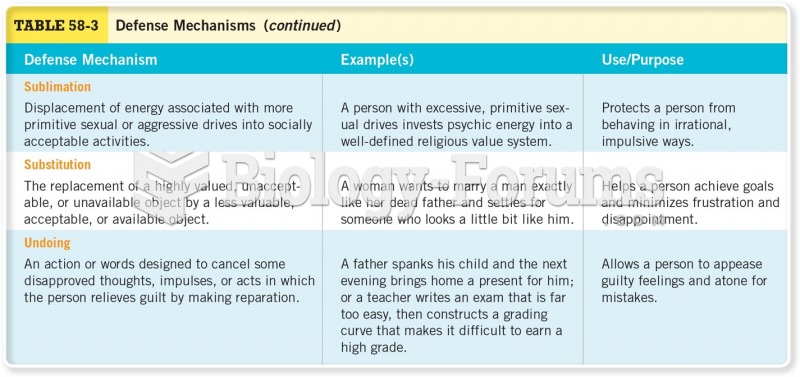Answer to Question 1
Answer:
An ideal response will:
1. Identify the Cold War approach to reducing nuclear threats as deterrence, which is the belief that having a strong nuclear capacity (including second-strike capacity) will deter a rational enemy from attacking the United States.
2. Describe how BMD systems provide a second layer of defense against nuclear threats beyond simply relying on deterrence. BMD systems use technology to strike down incoming nuclear warheads in case deterrence doesn't work.
3. Identify Ronald Reagan as a strong advocate for BMD systems, while also noting that other presidents have supported various BMD systems.
4. Identify the main weakness of deterrence in today's political environment is that today's nuclear threat is more likely to come from irrational terrorists who may not be deterred by the United States' second-strike capacity.
5. Argue for either further reliance on BMD systems or for taking an entirely difference approach. Advocates for BMD systems may argue such systems use U.S. technological strength to protect us from incoming nuclear warheads. Advocates for other ways to address nuclear threats may note that reliable BMD systems may be too difficult to create and that other approaches (such as treaties, foreign aid, sanctions, etc.) may be better options.
Answer to Question 2
Answer:
An ideal response will:
1. Note that the very basis of the Cold War, the struggle between the United States and the Soviet Union, was obviously a struggle for power, as the whole point of deterrence was to become more powerful than the other nation in order to fend off an attack.
2. Describe another situation during the Cold War that demonstrates an immediate aim for power, such as the Korean War, in which each side sought the power of control in South Korea, or even the Marshal Plan, which was an attempt to gain power over the communists by rebuilding nations that might be susceptible to communist subversion because they were economically weak.
3. Make and justify arguments for whether the description applies equally well to recent military actions. Most would argue that it does because, for example, the invasion of Afghanistan was an attempt to gain power over the terrorists in that country and the invasion of Iraq was an attempt to gain power by taking away the power weapons of mass destruction would give Iraq. Some, however, would argue that terrorism has changed the face of international politics, and the United States must act even in situations where it would prefer to have no power or control, such as during the occupation of Iraq, if such actions are necessary to protect U.S. national security.







